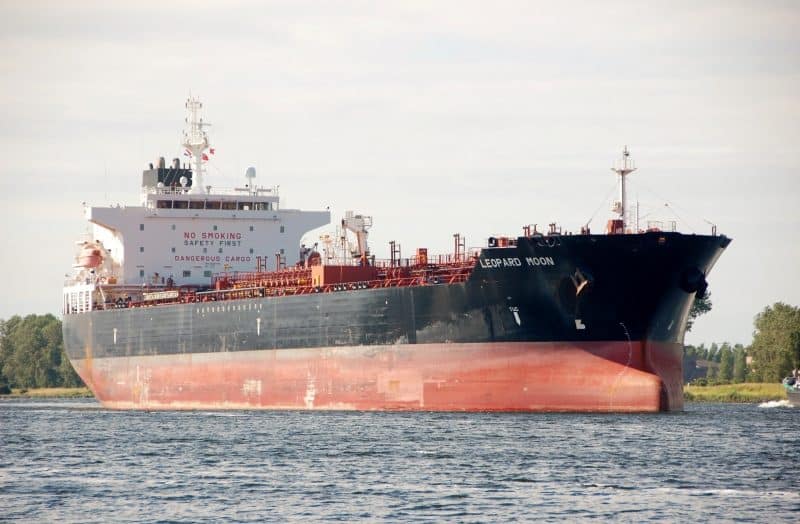The Great Eastern Shipping embarks on fleet renovation
The Great Eastern Shipping Replaces Older Ships to Stay Competitive in the International Market

The Great Eastern Shipping Company Ltd, India’s largest private ocean carrier, has been busy refreshing its fleet in 2024. Since January, the company has spent about $160 million to buy five second-hand ships. This move is part of their plan to replace their older vessels, which are nearly 20 years old, with younger ships that can still compete in the international market.
Why Replace Older Ships?
In the world of international shipping, especially in the oil trade, many companies and ports have strict rules about the age of the ships they accept. For example, oil majors like Exxon, Chevron, and Shell, along with many ports in places like the Middle East and East Africa, have age limits for the ships they allow. Once a ship reaches 20 years of age, it becomes very hard to use it for international work.
G. Shivakumar, Executive Director and Chief Financial Officer of the company, explained, “We want to continue operating internationally. After a tanker reaches 20 years old, many terminals and charterers won’t accept it. This limits our flexibility. To stay competitive, we sold our older ships and bought newer ones, which are 10 to 15 years old. This gives us more options and keeps us in the international market.”
Fleet Changes
Great Eastern Shipping sold six of their older ships, which included four product tankers, one crude carrier, and one dry bulk ship. These sales brought in about $100 million. In return, the company purchased five slightly younger ships—four product tankers and one dry bulk carrier—spending around $160 million.
These newer ships are not brand new, but they are still younger and can operate in international waters without any age restrictions.
Avoiding Coastal Trade
Shivakumar explained that if the company didn’t sell its older ships, they would have to switch from international shipping to coastal markets, which don’t have the same age restrictions. However, this would limit the company’s profits and market reach. “We don’t want to move into the coastal market. Running older ships is technically difficult and expensive. So, we decided to avoid that hassle by buying ships that can still trade internationally,” he added.
A Strategic Move with Some Downsides
While the company’s decision to refresh its fleet is necessary to remain competitive, it does come with a small downside. In 2021, the Indian government adjusted its cargo support policy, giving older Indian ships a “grandfathering” benefit. By selling their 20-year-old ships, Great Eastern Shipping loses this advantage. However, the long-term benefits of staying in the international market outweigh this loss.
In the fast-paced world of shipping, keeping a young and flexible fleet is key to maintaining a global presence. By replacing older vessels, Great Eastern Shipping is positioning itself to continue being a major player in international waters.
